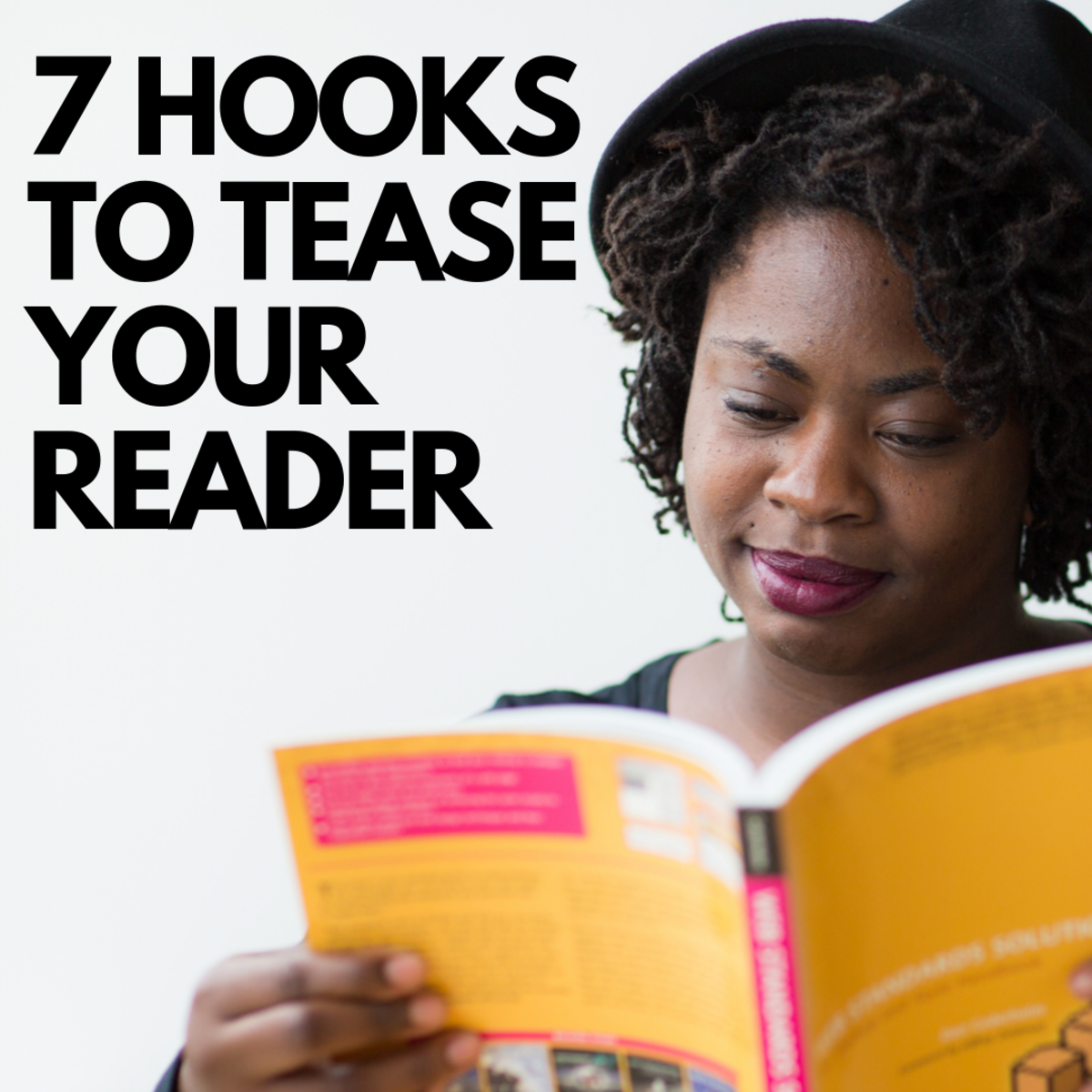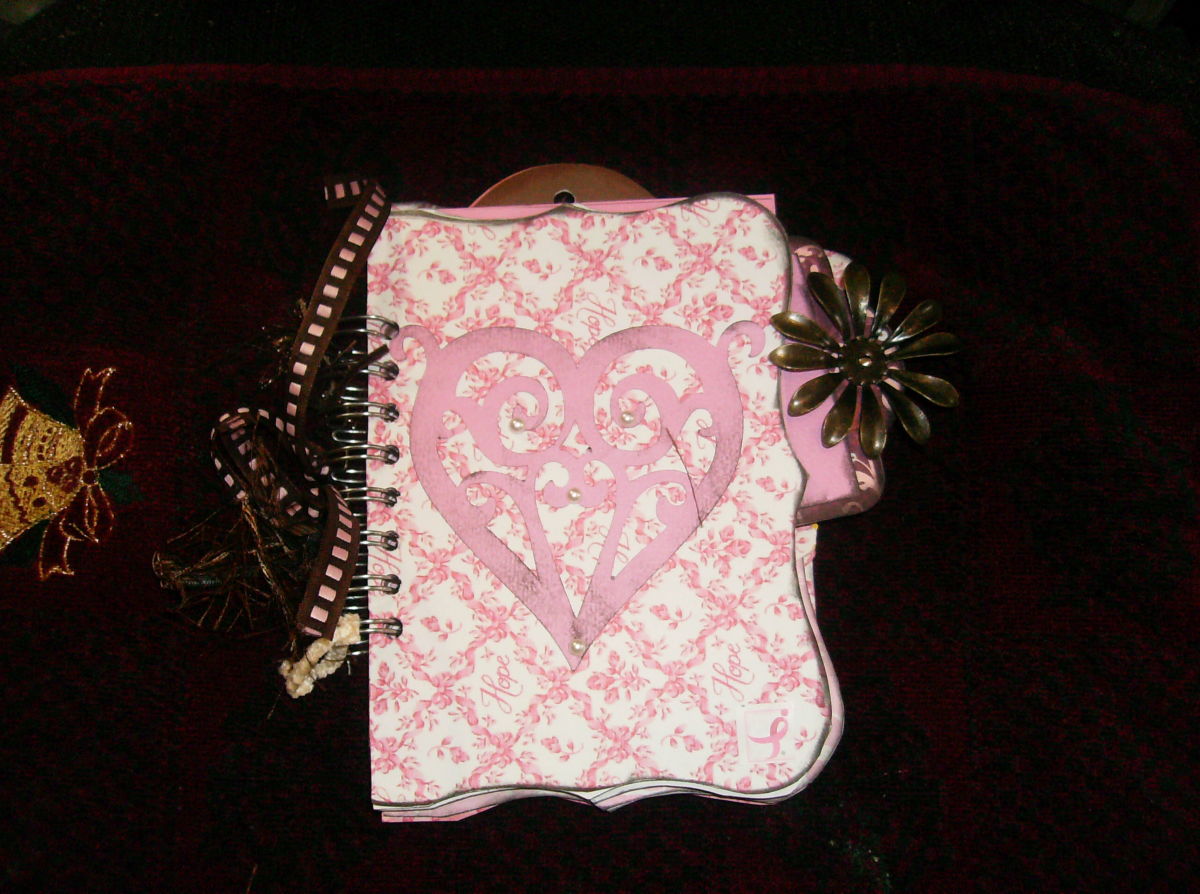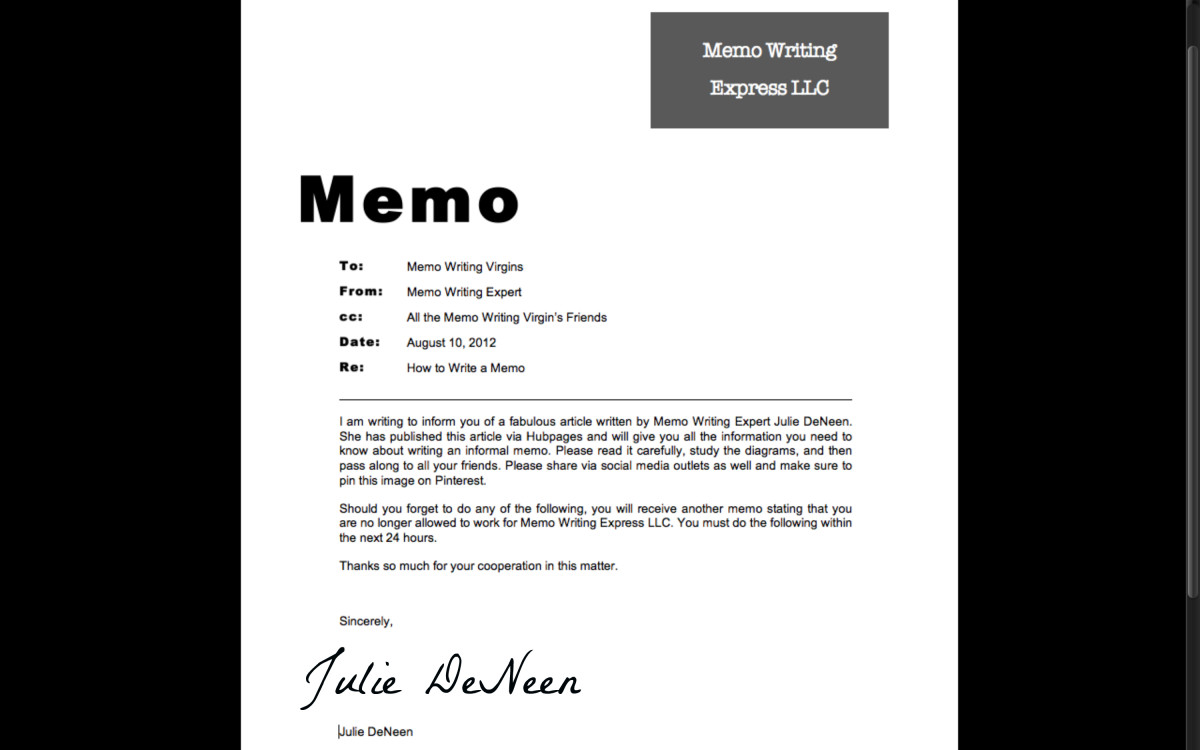How To Write A Terrible Introduction
The Wrong Assumption
I’ve been wrong for a very long time and I feel horrible about it. As a teacher and as a writer, I have worked from the assumption that everyone wants to write a slam-bang introduction but they just don’t know how to do it. How else do you explain the veritable flood of horrible introductions I have read over the years?
Well, it turns out that there might be another explanation, namely that people are really achieving their goal, that they set out to bore the readers to tears and they have been wildly successful.
What a fool I’ve been! Here I have written article after article trying to help writers write fantastic, attention-grabbing introductions, when I should have given them what they wanted and written an article on how to write terrible introductions.
Well the time has come to correct my mistakes.
Here, then, is a comprehensive guide on how to write introductions so incredibly bad that they can be used to fertilize your garden after they have fertilized the online community.
Pull up a chair and take some notes. About midway through this garbage I’ll get you a snack and something to drink.
There now….comfy?

Great video on introductions
STATE THE OBVIOUS
Use your first few lines of an article to tell the readers exactly what the article is about, even though you already told them in the title. It goes something like this:
How To Make Linguini
In this article I will explain to you how to make linguini.
There now, your reader has been treated like an idiot and you can continue on. Nothing says condescending like stating the obvious. You are basically accusing your audience of having the attention span of a fruit fly by doing this, and chances are they will resent you all the way through the article.
By the way, this is the number one method used by those who are intent on putting their readers to sleep.
DREAMS ARE RIGHT ON
This classic utilizes the over-used and much-maligned dream sequence to open an article or story. By the time you, the author, have finished the dream, your audience will be a) confused and b) spiteful, thus assuring that they will never read your work again.
If you want to take this a step further, don’t tell the reader that the opening paragraphs are a dream. Let them get totally involved in the naked woman dancing on your chest and then wake up and tell them you were only dreaming and the dream had nothing whatsoever to do with the story.
Guaranteed to piss off everyone, including the Pope!
WAKE UP…THE ALARM IS RINGING
The sun was streaming through my window. The bright light wreaked havoc with my eyes as they tried to adjust to the reality of another day at work. Suddenly the Mamas & Papas were singing about a winter’s day and a preacher who likes the cold. I fumbled for the alarm and slammed Mama Cass back into the past where she belonged. My day had begun.
Well, if that doesn’t put you to sleep I don’t know what will. Introductions like that one have no redeeming value whatsoever and thus should make our Terrible Hall of Fame. Try it…you’ll like it. Would I lie to you?
OPEN UP WITH SOME DIALOGUE
Start your story or book with a dialogue happening between two people. Don’t tell anyone who those people are, and don’t give any insights as to what is going on. It could go something like this:
“Are you going to the party tonight,” asked Tom.
“Yep, I thought I’d swing by after work. How about you?”
“Wouldn’t miss it, Bob; hope to see you there.”
Well, you won’t be seeing me there, or anybody else who hung in there long enough to read that inane prattle.
Readers like to become invested in characters. Starting with a dialogue gives the reader no chance of investing anything other than aggravation, so if you enjoy aggravating the masses, give this one a try.
BE INTENTIONALLY VAGUE
She walked home confused. The day was like any other day, except for one slightly irregular event.
She entered the kitchen and kissed her mom’s cheek; she then went to her room and wrote in her diary:
“Dear Diary! I can’t seem to fit in with the crowd, no matter how hard I try. Oh, also, I got an “A” on my Spanish test and Mr. Flagler tripped while walking across the parking lot…..love, Daisy.”
I don’t know about you, but by this time I hope Daisy grows up being as boring as her diary entry.
START WITH BLAND LANGUAGE OR A CLICHÉ, OR BETTER YET START WITH A BLAND CLICHÉ
You can’t take it with you…look before you leap…..she was as pretty as a picture….her smile could light up a room….and how about this one I just made up…..these introductions are so dry they are gag-inducers!
Whatever you do, don’t make up your own clichés or similes….use the old ones that everyone has heard before, thus branding you as unimaginative and lazy.

This guy is reasonably entertaining and informative
The Switcheroo: Introductions to Stay Away From
Now, on the other end of the spectrum, we have introductions that start by grabbing the reader by the throat and tossing them around a bit. We have introductions that force the reader to become invested in the story and guarantee a thrill ride throughout. Would you like to read a couple?
“Jennifer Sheridan stood in the door to my office as if she were Fay Wray and I was King Kong and a bunch of black guys in sagebrush tutus were going to tie her down so that I could have my way with her.” From Robert Crais’ novel “Free Fall.”
Or try this one…..
“If the season could ever have any salvation, if it could ever make sense again, it would have to come tonight under a flood of stars on the flatiron plains, before thousands of fans who had once anointed him the chosen son but now mostly thought of him as just another nigger.” From H.G. Bissinger’s novel “Friday Night Lights.”
Or how about this…..
“In the winter of 1969, an intelligent, sensitive female student of mine committed suicide. She was from a seemingly fine upper middle class family. Her grades were excellent. She was popular and sought after. On the particular day in January she drove her car along the cliffs of Pacific Palisades in Los Angeles, left the motor running, walked to the edge of a deep cliff overlooking the sea and leaped to her death on the rocks below. She left no note, not a word of explanation. She was only twenty.” From Leo Buscaglia’s book “Love.”
Join me on my writing blog Artistry With Words
- Artistry With Words | A topnotch WordPress.com site
Discussions, recommendations, tips, suggestions, a little of everything for anyone interested in writing.

The Choice Is Yours
Seriously, it all depends on what you are after as you follow this writing path you are on. If your goal is to drive readers away in hordes, then by all means use my suggestions at the top of this article. If, however, your goal is to write something so memorable that your readers won’t want to put your book or article down, then you might want to give some thought to those opening lines of yours.
They just might make all the difference for you as a writer.
2013 William D. Holland (aka billybuc)
“Helping writers to spread their wings and fly.”










